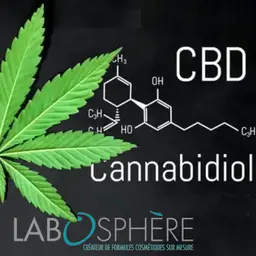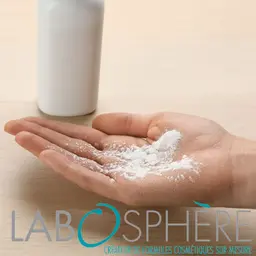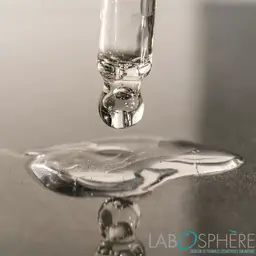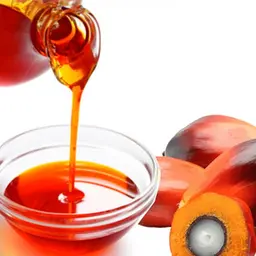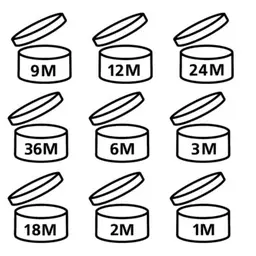
In client briefs, it is common to see lists of ingredients from cosmetic products on the market that could be used as “references”. Formulators know that behind one (or more) INCI names lie commercial references… which are not all identical! This means that substitutions can become very tricky operations. Estelle Dehier, from Labosphère, explains.
Creating a cosmetic formula means creating a new recipe. Each raw material used in the formula has its own raison d’être.
The person responsible for marketing the product must have complete control over its traceability (quality, substitution of raw materials by processors, etc). And when it comes to substitutions, there’s plenty to be afraid of! Our experience has shown us that differences can exist at several levels and can even be cumulative!
Technical point of view
Behind an INCI name, we can find commercial specialities which are mixtures, for example, and when they are used, there can be a few surprises!
For example, there may be differences in the stability or robustness of the emulsion over time, or in the production of a bulk product in larger quantities (different fatty alcohol cuts, percentages of substances indicated in concentration ranges).
The organoleptic or physicochemical characteristics may be different and impact the solubility of the raw material and the final appearance of the finished product.
For example, an initially transparent shampoo may become opaque because the salt content of the surfactant is different, or the viscosity obtained may be different because the molecular weight of a conditioning agent is not the same… …



